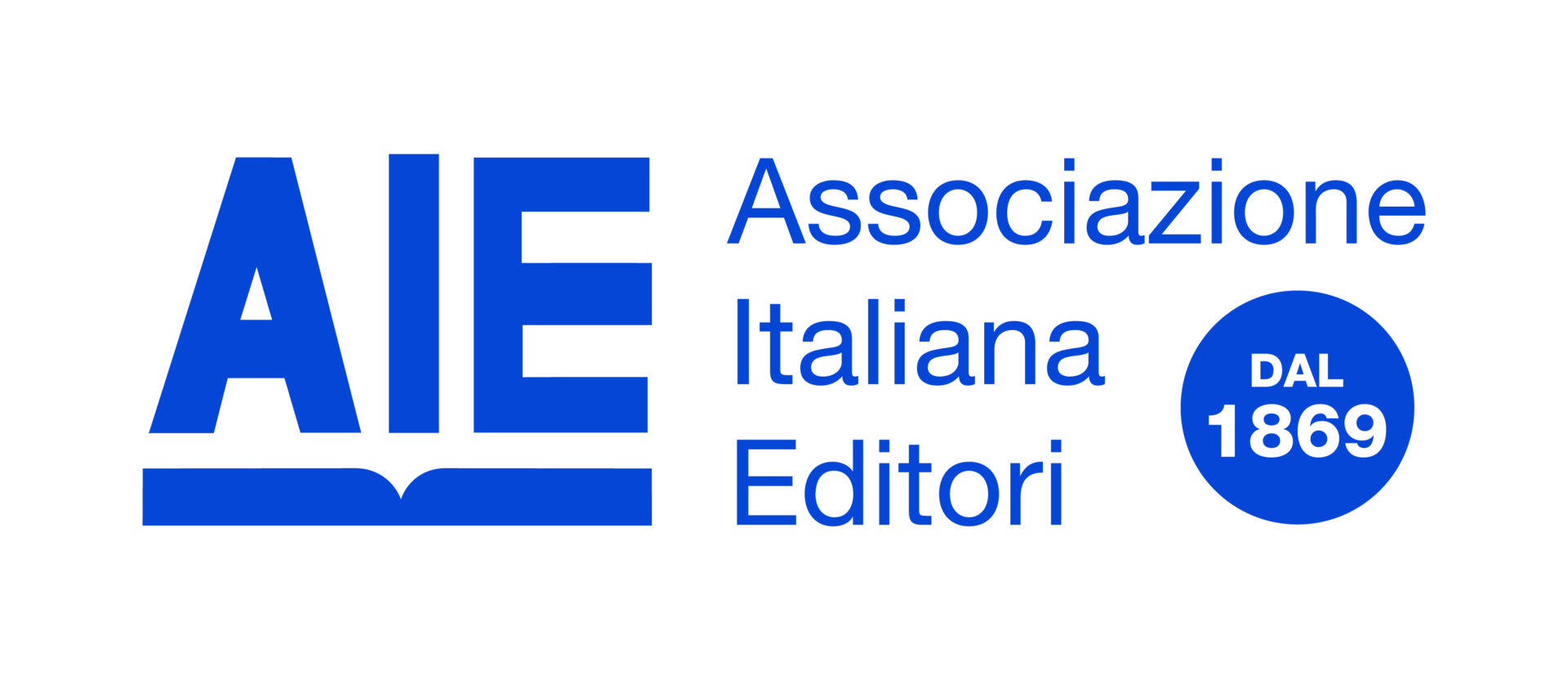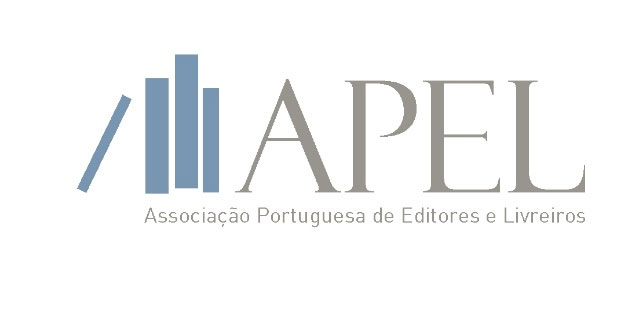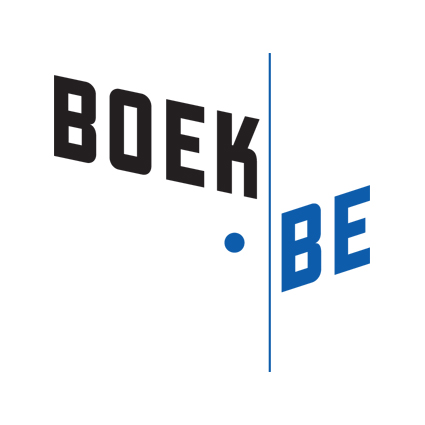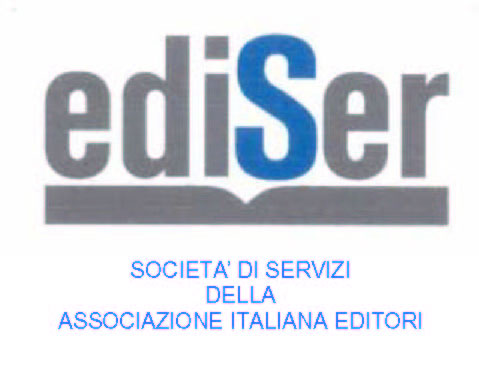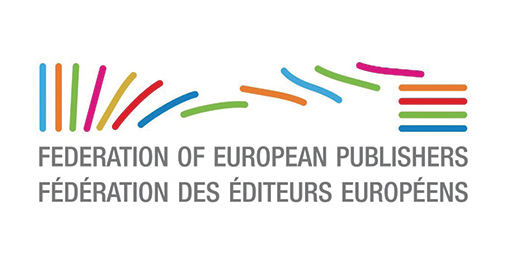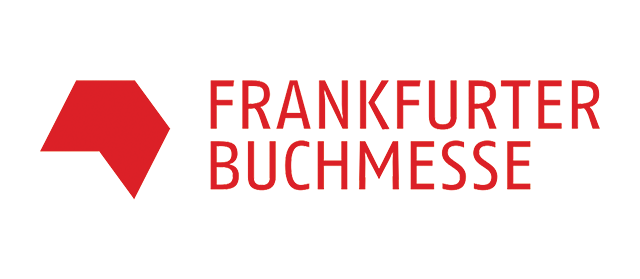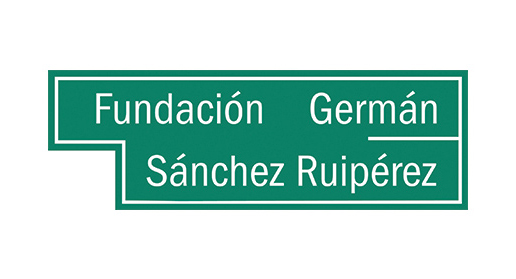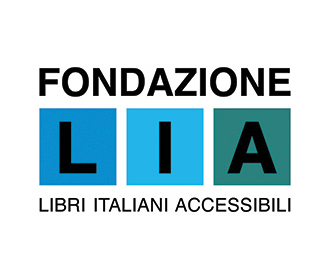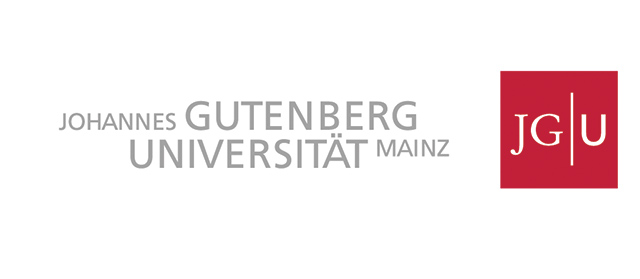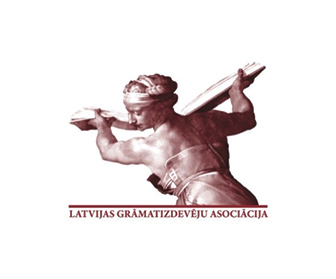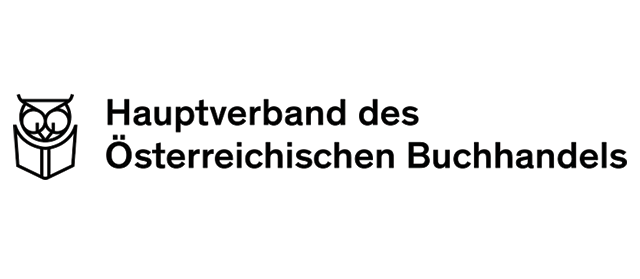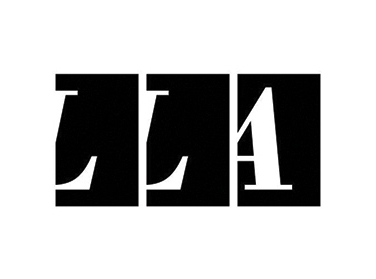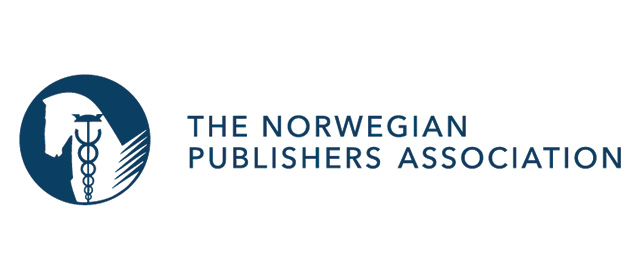Alongside the well-renowned conference of Readmagine by FGSR, on June 9th Fondazione LIA organized the third edition of the Accessibility Camp in Madrid. Organized in the framework of Aldus UP and thanks to the collaboration of Libranda and Germán Sánchez Ruipérez Foundation (FGSR), the Camp gathered accessible publishing experts from Spain, Italy, France, Germany, the Netherlands, Belgium, the UK, Greece, Sweden and Finland.
In the vibrant spaces of Casa del Lector, the initiative provided a chance to talk about future of accessibility with different actors of the book value chain: publishers, distributors, representatives from standard organizations, app developers as well as representatives from specialist organizations.
As the European Accessibility Act (EAA) will be in full force in two years, the book industry needs to take many steps forward and accelerate on several fronts. Collaboration at national and international level thus represents one of the keys to build an accessible publishing ecosystem.
Thanks to a highly interactive event, participants were able to exchange knowledge, insights, and best practice regarding accessible digital publishing. The primary objectives were to foster stronger relationships among attendees and to collectively reflect on the areas that require further attention and improvement.
LIA Assistive Technology expert Antonino Cotroneo‘s expertise was instrumental in demonstrating the concept of an accessible reading experience, which set the tone for the start of the Camp. He showed that it is possible today to choose from commercial catalogs of e-books, even if the display of accessibility metadata is not available yet in mainstream channels.
After a keynote speech by Cristina Mussinelli, Fondazione LIA Secretary General, about what’s going to happen in the accessibility world, the event featured two round tables – namely ‘European publishers and the roadmap towards accessibility’ and ‘Towards an accessible digital publishing ecosystem’ – and three working groups to give the participants the opportunity to discuss specific aspects as ‘How to kick-start your accessibility roadmap’, ‘How to assure the quality of your production and distribution flows’ and ‘What’s the cost of accessibility?
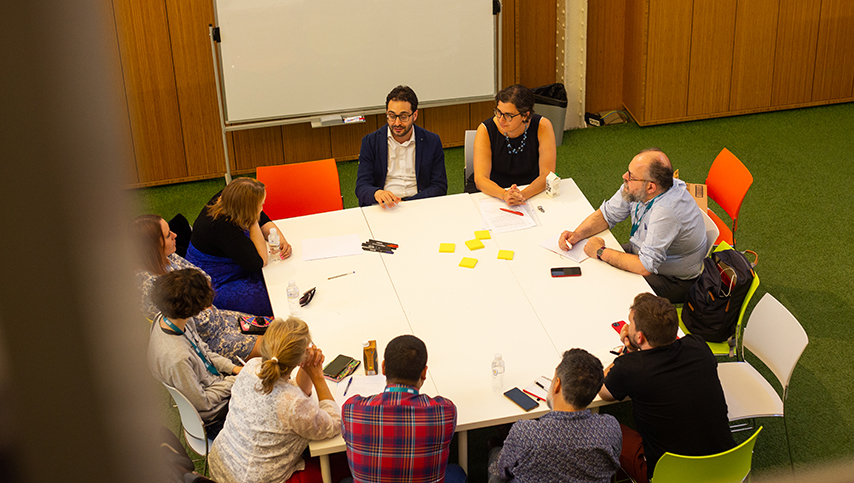
The following are the main insights derived from the numerous conversations that took place during the day.
-
Awareness
With the growing relevance of accessibility in the publishing strategies, there remains significant work to be done in terms of raising awareness, particularly in countries that are still lagging behind. For every area of the company to contribute effectively – including editorial and technical departments, authors, customer care, communication team and vendors -, it is essential the management is fully supportive and actively involved.
-
Mainstream
As the number of accessible publications Europe is increasing by the day, accessibility needs to become more mainstream and not only addressed by niche players. In this area, Italy can already count on +30.000 Born accessible e-books LIA has provided title by title quality control to. Also, the accessibility metadata provided by LIA offer consistent accessibility information to the whole value chain: from publishers to the books in print catalogue to retailers and users. Silo-mentality doesn’t pay off, an accessible publishing ecosystem does.
-
A paradigm shift
In this completely new scenario, change comes from specific stakeholders touched by this evolution: actors in the publishing chain, specialist organisations and print impaired end users. In recent times many players embraced accessibility but often with scattered efforts or by duplicating initiatives. New forms of collaboration along the publishing value chain are the key to bring accessibility to the next level, as in the case of the Accessibility Taskforce led by the Börsenverein.
-
Standards are there
What about the tools? The EPUB format (alongside ONIX and Schema.org for metadata) is in line with the requirements of the European Accessibility Act. What about the tool to produce EPUB files? Adobe InDesign, the world’s most widely used authoring software, does not currently fully support the native production of accessible contents in EPUB, the best format for accessibility requirements and so some post-production works still needs to be done and other tools are not easy to integrate in the traditional production workflows.
-
Workflows
Many publishers do not have structured workflows for creating born accessible digital publications: this lack does not only affect the accessibility of publishing products, but also the way in wich they work to produce e-books; implementing workflows for accessibility will bring benefits to e-book production to make the work smoother and of higher quality.
-
Image description
Image description is one of the most impactful challenges for producing accessible digital publications and a job that requires specific skills, time and additional costs. As presented by Stacy Scott, Head of Accessibility at Taylor & Francis, involving authors through awareness-raising initiatives, trainings, and by starting to add this task into contracts proved to be a good solution to publishers already working in this area,
-
Issues with the backlist and possible solutions
Many publishers want to turn their catalogue of digital publications created in the past decades into an accessible format; this activity is challenging, so LIA with EDRLab and KB is working on a European project (ABE Lab) to analyze the best tools to simplify the transition from older, non-accessible formats to EPUB 3 fully in line with accessibility guidelines.
-
Displaying accessibility metadata to users
One of the most discussed topics on the day. The EAA requires that users are informed about the accessibility features of an e-book before purchasing or borrowing it. Therefore, all online stores will have to start displaying accessibility metadata thus highlighting the work done by publishers (think the 30k+ certified by LIA, with accessibility metadata). Libraries can play their part too. How should this metadata be shown to end users? In the W3C LIA is developing – as co-editor – guidelines on how to present accessibility metadata to end-users. A new version of the document we’ll be published by the end of 2023.
-
The cost of accessibility
The discussion focused on two main topics: costs related with backlist remediation, and how to apply the concept of the disproportionated burden foreseen in Annex VI of the EEA to the publishing industry. Both issues are generating intense debates and discussions in publishers’ associations as well as in publishing houses. Participants explored various angles, and considered the implications and consequences that arise from different approaches and potential solutions, setting the stage for future developments, although but further research will be required to properly frame the issue.
-
What’s going to happen in the world of accessibility?
Books with complex layouts, STEM, Artificial Intelligence, educational platforms… these are just a few of the areas that will become essential to accessible book publishing in the near future. We hope many Aldus Up members will join our next Accessibility Camp to work on them!.
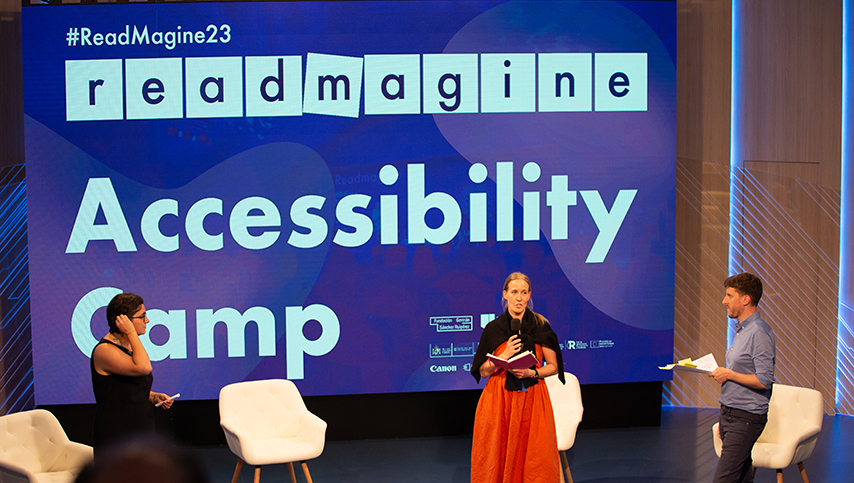
 By
By 



